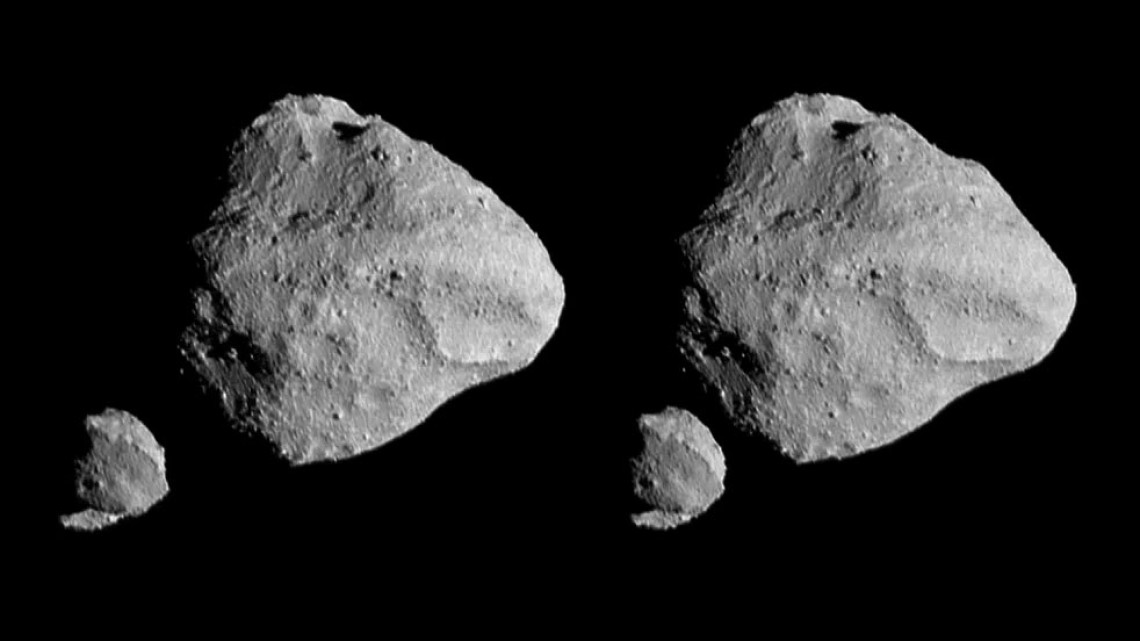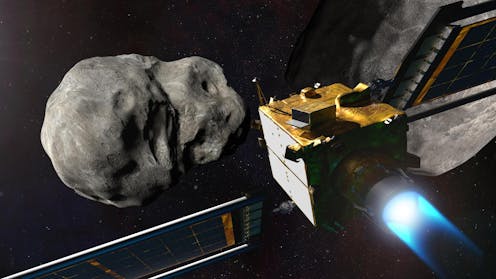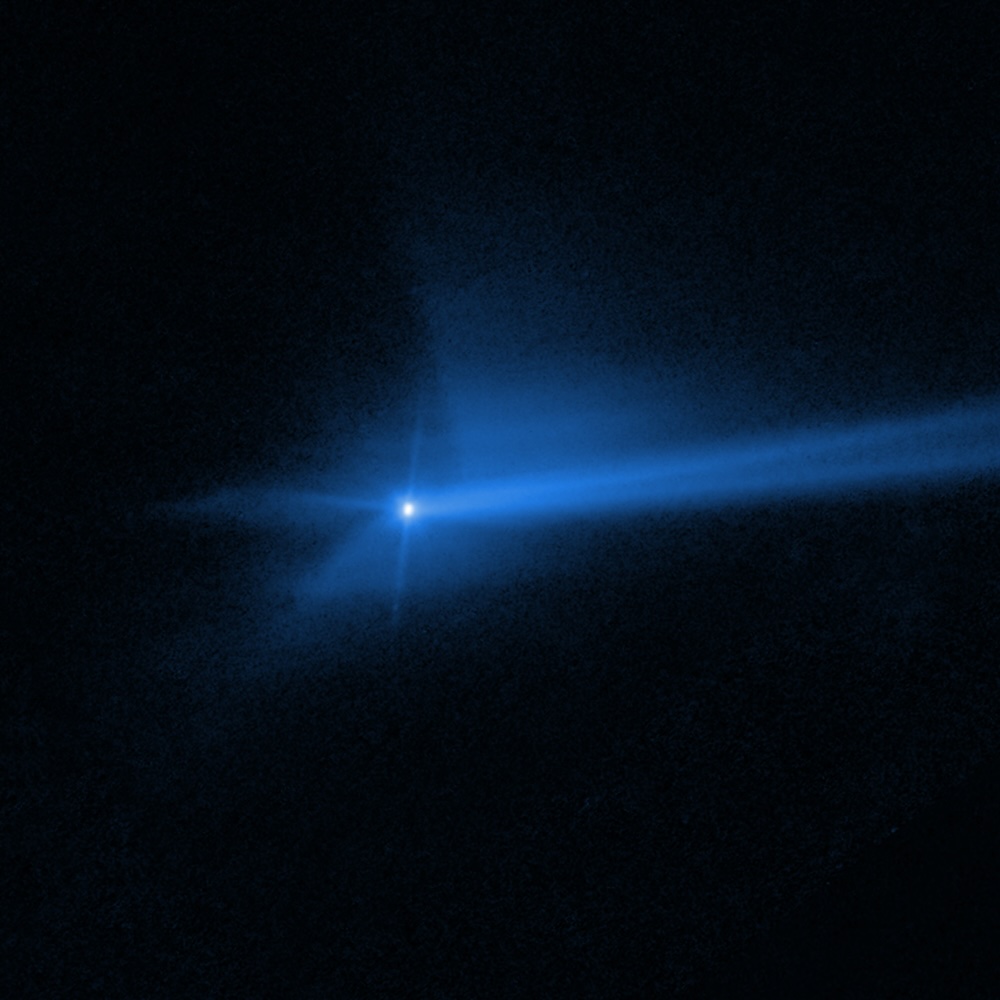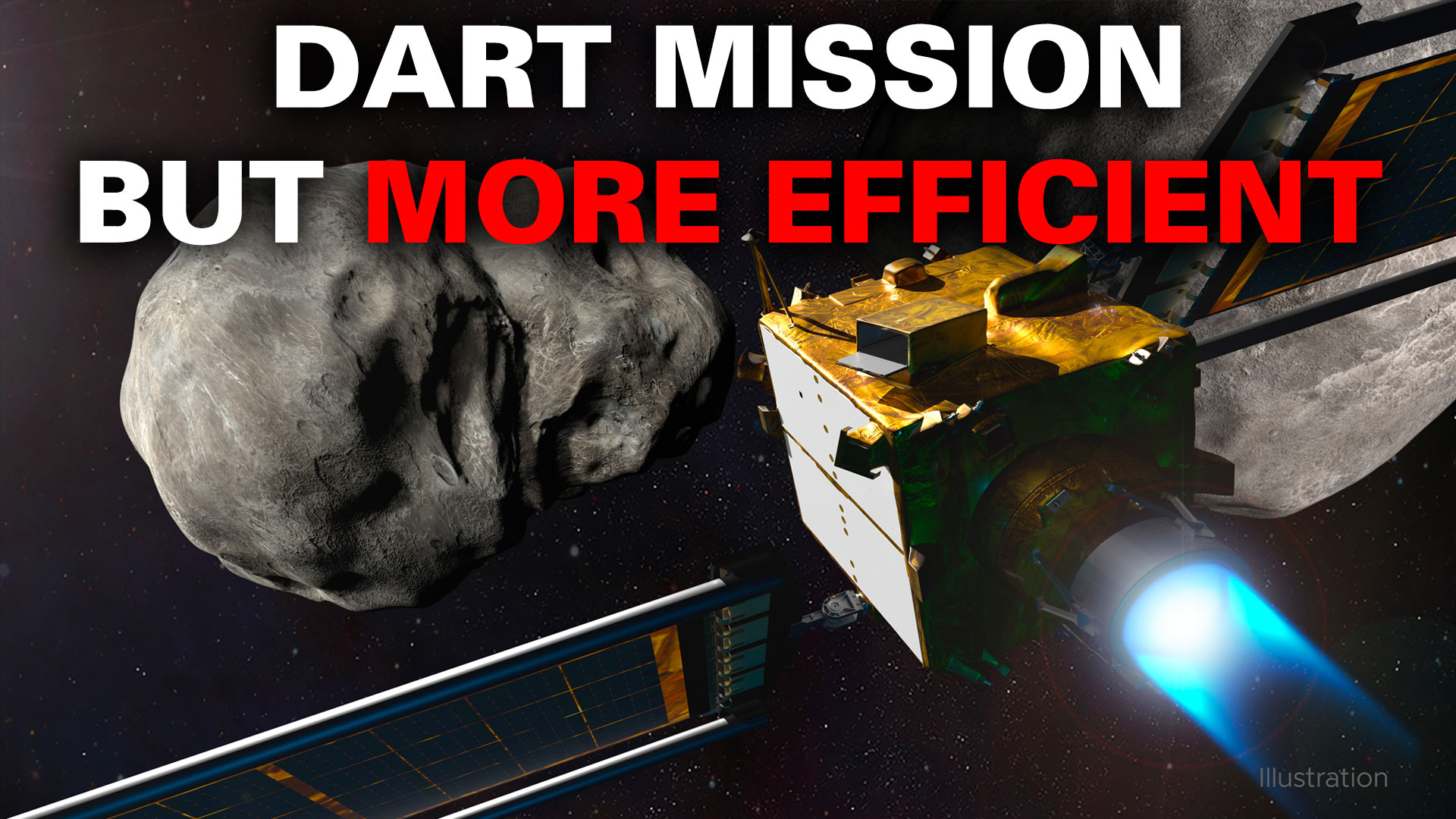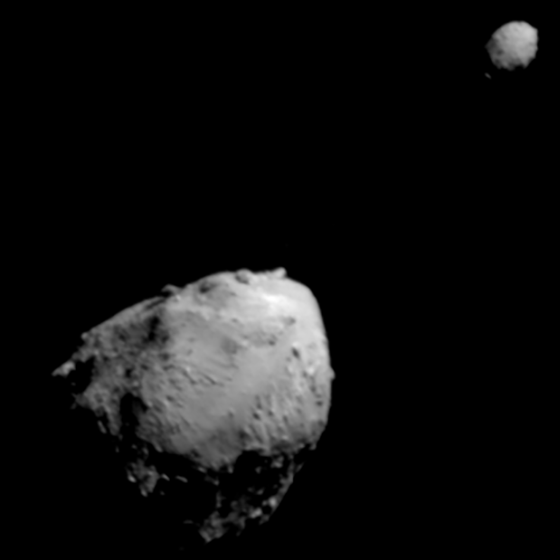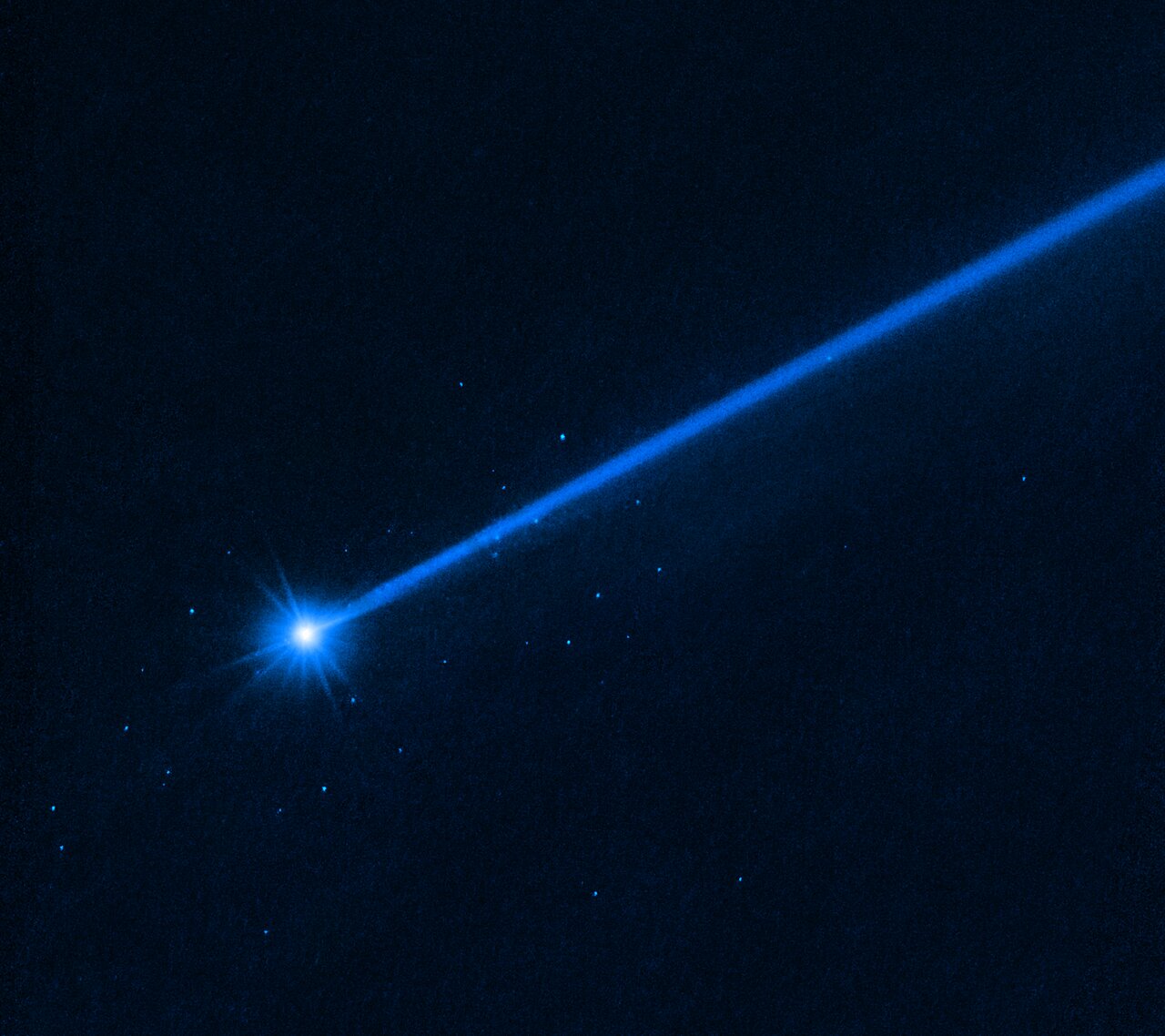When the DART (Double Asteroid Redirection Test) spacecraft intentionally slammed into asteroid moonlet Dimorphos on September 26, 2022, telescopes around the world and those in space watched as it happened, and continued to monitor the aftermath.
Of course, the Hubble Space Telescope was focused on the event. In looking at Hubble’s images and data from post-impact, astronomers discovered 37 boulders that were ejected due to the impact. These boulders range in size from 1 meter (3 feet) to 6.7 meters (22 feet).
However, these boulders were not debris created by the spacecraft’s impact. Instead, they were boulders that were already on the surface of Dimorphos, and the impact event “shook” the boulders loose. A team of astronomers, led by David Jewitt and Yoonyoung Kim say in their paper detailing the findings that these boulders are some of the faintest objects ever imaged in the Solar System, only visible because of Hubble’s keen sensitivity. The images here showing the boulders surrounding Dimorphos were taken on December 19, 2022.
Continue reading “DART Impact Ejected 37 Giant Boulders from Asteroid Dimorphos’ Surface”




